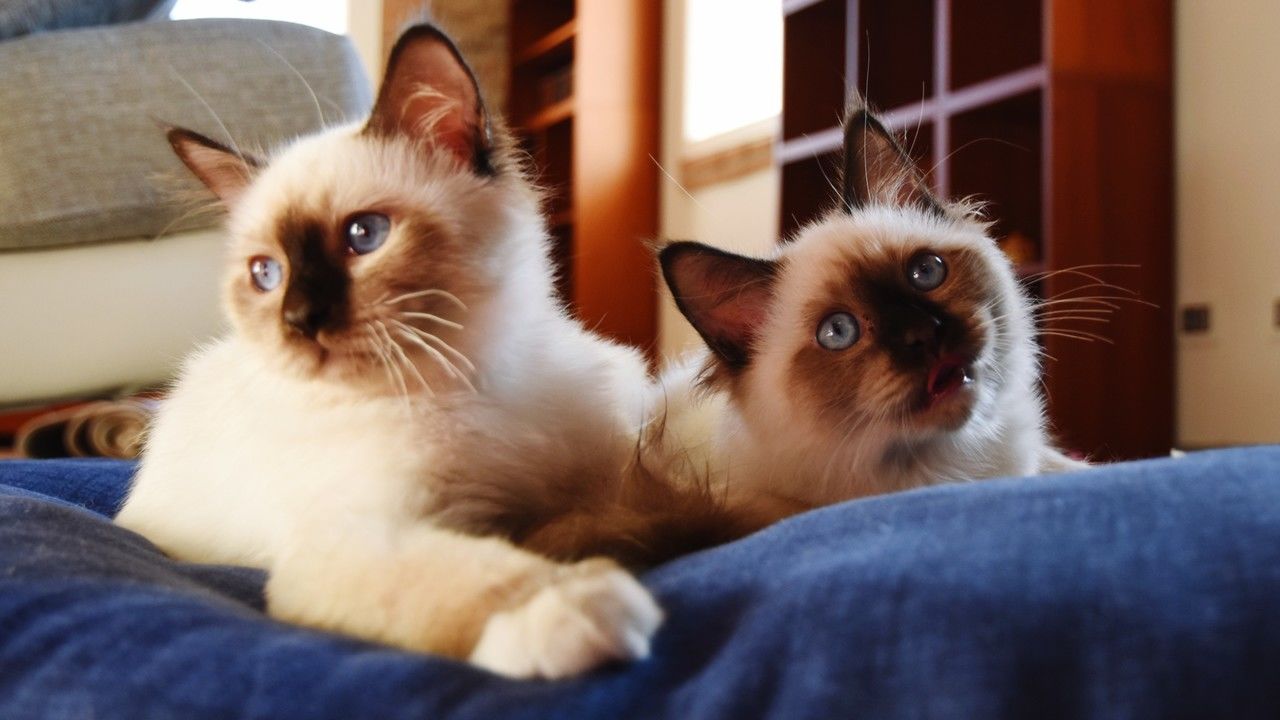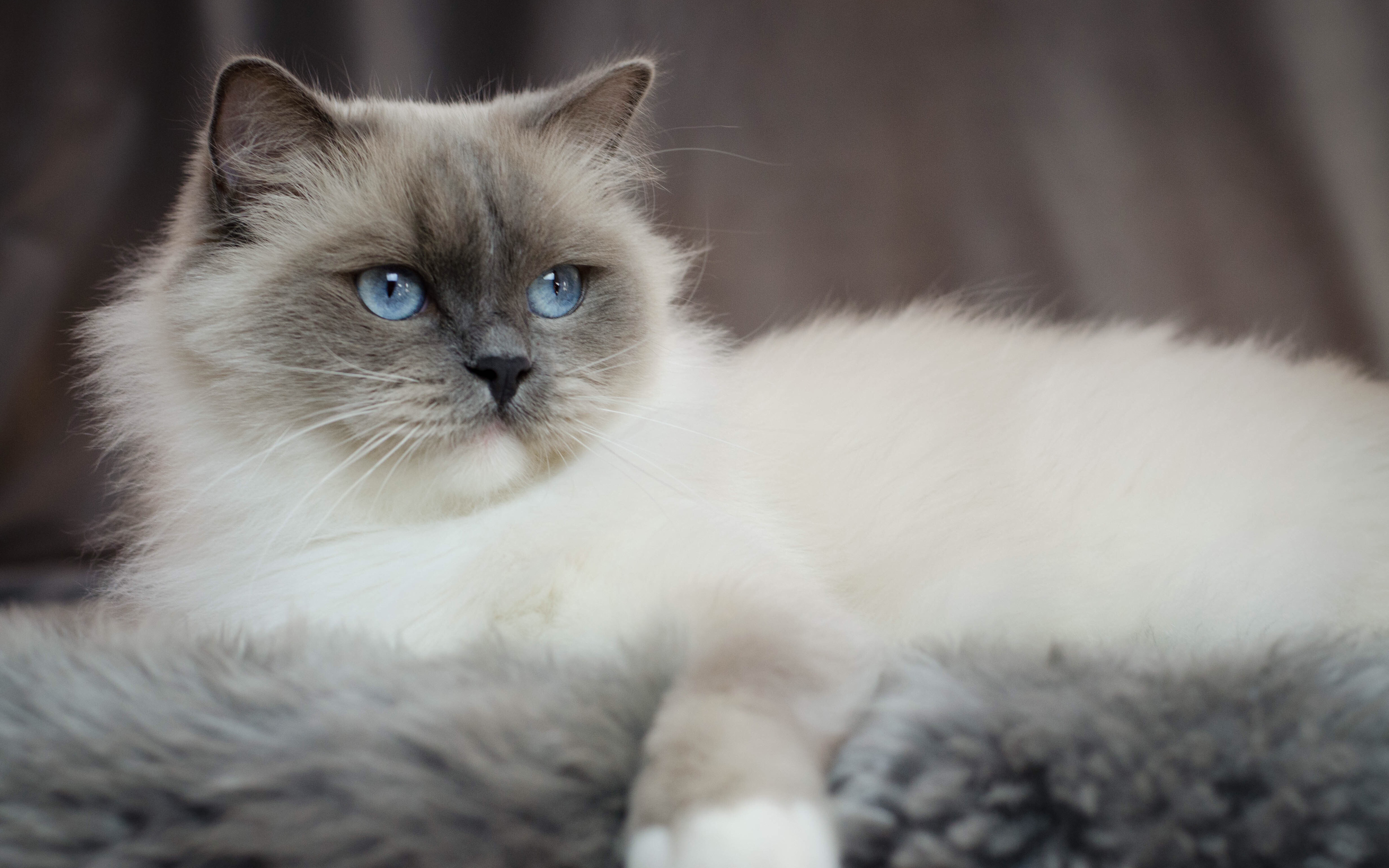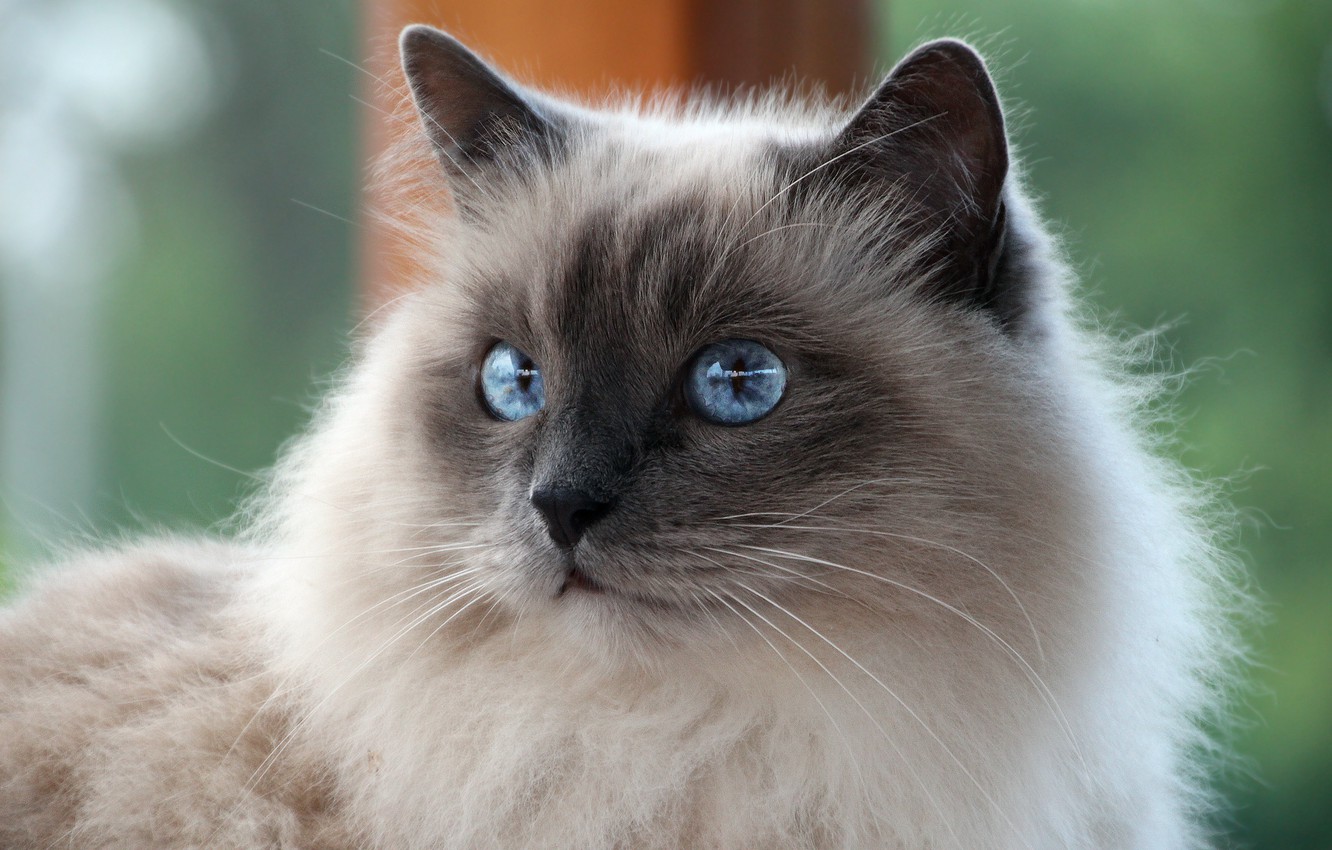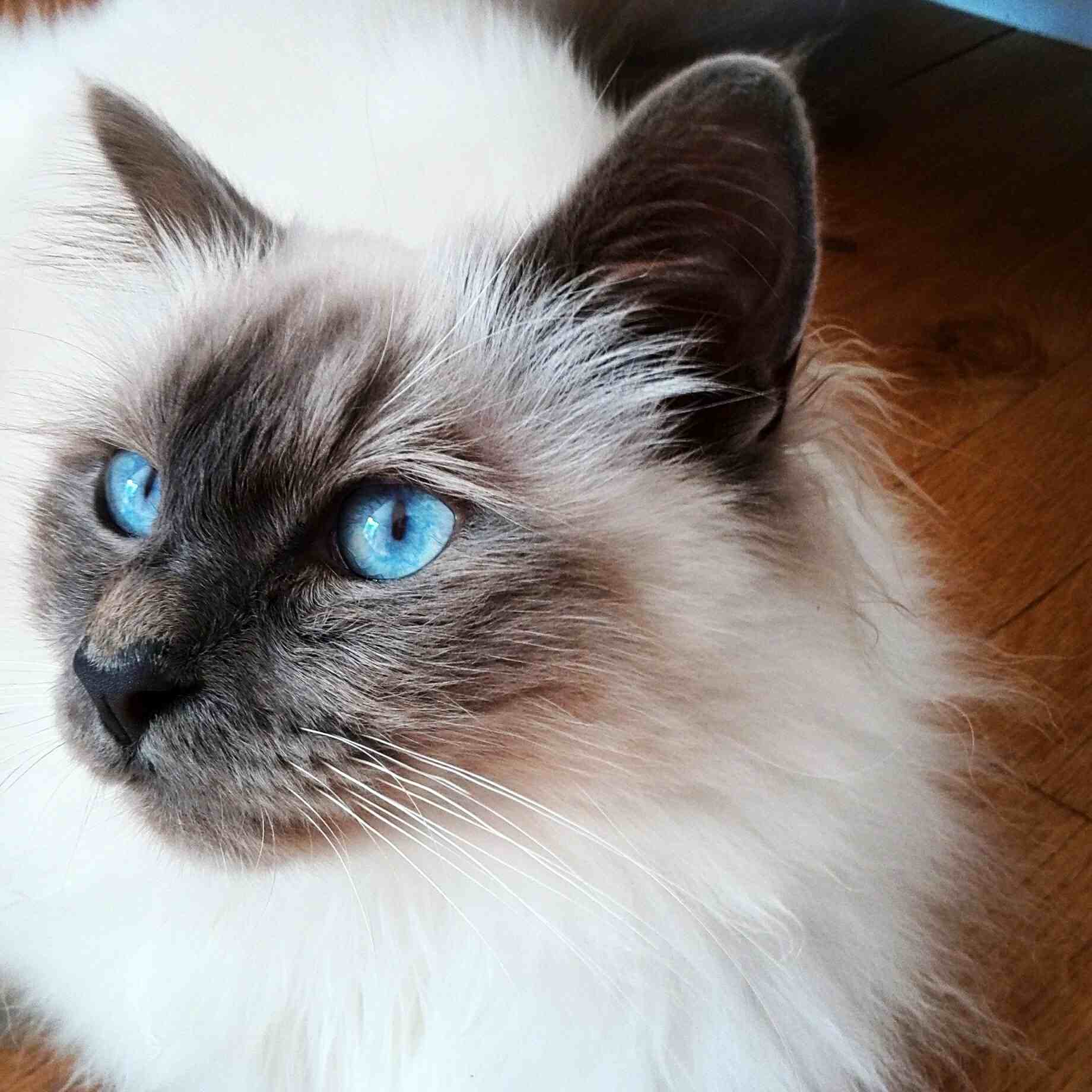
Birman Cat Breed (Characteristics, Temperaments, Cat Care)
The Birman cat, also called the Sacred Cat of Burma, is distinguished by its silky long hair, deep blue eyes and pure white feet. Legend claims that a white long-haired temple cat called Sinh came to the aid of a Buddhist priest who was being killed by robbers. When the cat jumped onto the priest’s body to guard him, the priest’s soul passed into the cat. As this happened, Sinh’s white coat was shaded with gold reflected from the temple statue and the feet remained white where they touched the priest’s body. The cat’s face, ears, legs and tail took on the color of the earth and its amber eyes turned deep blue. The modern history of the Birman is almost as shrouded in mystery as the legend. What is known is that about 1919, two Birman cats were shipped to France by temple priests. The male died during the journey but the pregnant female survived and the Birman breed was established in Europe. The French recognized the Birman as a separate breed in 1925 but by the end of World War II the breed was almost extinct. Careful breeding and out-crossings re-established the breed and the Birman was recognized in Britain in 1966 and in

| Cat size | Medium |
| Exercise | Docile – requires little exercise |
| Grooming | Minimal grooming – combing once per week |
| Temperament | Quiet, gentle and playful |
Birman Cat Characteristics

The Birman is a medium-sized color pointed cat with long silky hair and white feet. This strikingly handsome breed with colored points (face, legs, and tail) and sapphire blue eyes is still relatively uncommon. The body is long and fairly heavily boned and Birmans weigh between 8 and 12 pounds. The head is broad and rounded with a medium-sized Roman shaped nose. The ears are medium-sized and the medium to large sized eyes are almost round in shape and a deep blue in color. The coat is medium-long, abundant and silky in texture. There is a ruff around the neck which is fuller on males, and the medium-length tail is full and bushy. Fur on the stomach can be wavy or curly.
Color Varieties
This is a color point cat breed with the exception that the paws are always white. The rest of the points – face, legs and tail are always darker than the body. The original Birman color was the Seal Point. The CFA recognizes the following color varieties.
- Seal Point has a pale fawn to cream body shading to lighter color on the stomach and chest with points a dark seal brown.
- Chocolate Point has an ivory body with no shading with points a milk-chocolate color.
- Blue Point has a bluish-white body shading to white on the stomach and chest with points a slate blue.
- Lilac Point has a white body with no shading with points a frosty grey with a pinkish tone.
The CFA has also recognized two new color patterns – the Lynx Point and Red Factor Birmans and a combination of the two patterns. Lynx Point introduces tabby markings in the four traditional colors. Red Factor introduces three new color patterns – red, cream and tortie which produces Red Point and Cream Point and a combination of the color patterns produce a large number of varieties such as Red Lynx Point, Cream Lynx Point, Seal-Tortie Lynx Point, and Blue-Cream Lynx Point.
The Temperament Of Birman Cat

Birmans can be quiet and unobtrusive when you are busy but active and playful when you are ready to play. Birmans are intelligent and bond strongly with their people. They can be curious and can get underfoot at times but are generally docile lap cats who love human companionship. This cat is very quiet and gentle and not aggressive. Birmans are not very talkative and talk in a quiet voice when they remind you that it is dinner time. This is not an outdoor cat.
Cat Care
Birman cats are healthy. Unspayed females mature as early as 7 months and need to be watched as they are eager to breed. They love to be stroked and groomed. Their long silky coat is easy to groom as there is no undercoat and a once per week light combing with a steel comb will suffice.
